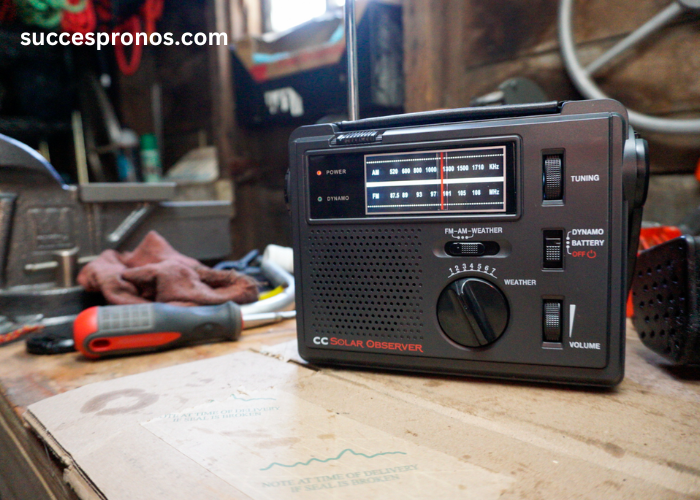
Staying connected and well-informed during emergency incidents ensure the community’s safety and health. An emergency radio is useful when the electrical power is out, there is no cell phone signal, or when a storm is raging. These radios offer updates and key information that can assist you in emergencies in order to minimize risk.
However, because there are so many models, it can be difficult to determine which features should or should not be sought after. In general, parameters such as power options, signal coverage, and durability would help guarantee that an emergency radio gives the best performance during the worst times.
Power Sources: A Key Consideration Is Flexibility
A crucial aspect to consider when using a free emergency radio is its power supply. In an emergency, electric power might be unavailable; therefore, it is wise to have radios with multiple power sources.
a. Solar Power
Enables you to charge the device using sunlight, ideal for long term disasters.
b. Hand Crank
Manually, it is possible to generate power to keep the radio on, hence providing people with important information they may otherwise not receive due to a lack of power.
c. Battery Backup
Check that the radio can also use regular batteries; this way, you have a ready source of power any time.
d. USB Charging
A lot of newer radios also support USB charging, which can come in handy if you have portable power banks on you.
NOAA Weather Alerts: Stay Informed
One of the primary uses of any emergency radio is to receive current alerts from NOAA (National Oceanic and Atmospheric Administration). These alerts can be for any emergencies such as extreme weather, natural disasters, or any form of public emergencies. Some radio sets come with an automatic alert system that can update itself without a lot of tweaking.
Frequency Range for AM/FM and VHF/UHF Bands
Having multiple bands simply means that you get all sorts of information that you need. The AM/FM bands enable the reception of local news stations, and the VHF/ UHF bands are more expansive in terms of communication scope. Where people are located far from the cities or even in the countryside, these more bands can prove even more useful.
Durability and Portability
In emergency situations, your free emergency radio should be able to survive whatever weather it has to go through. Seek for models that are both waterproof and shockproof. It is also important to have compact, lightweight designs especially in cases whereby the individual devices will be placed inside emergency kits or backpacks. Other details like a strong outer cover to protect the device can also add to its durability.
Long Battery Life
When you are depending on a radio for news updates, the last thing you would want is to have the battery die within a short time. Lack of recharging and dead batteries can incapacitate a set of radios thus low power consumption radios or those that can store power for long are an essential feature.
Conclusion
By considering the following features, you will be prepared to encounter any sort of calamity with ease. Both you and your free emergency radio will be ready to weather any storm!